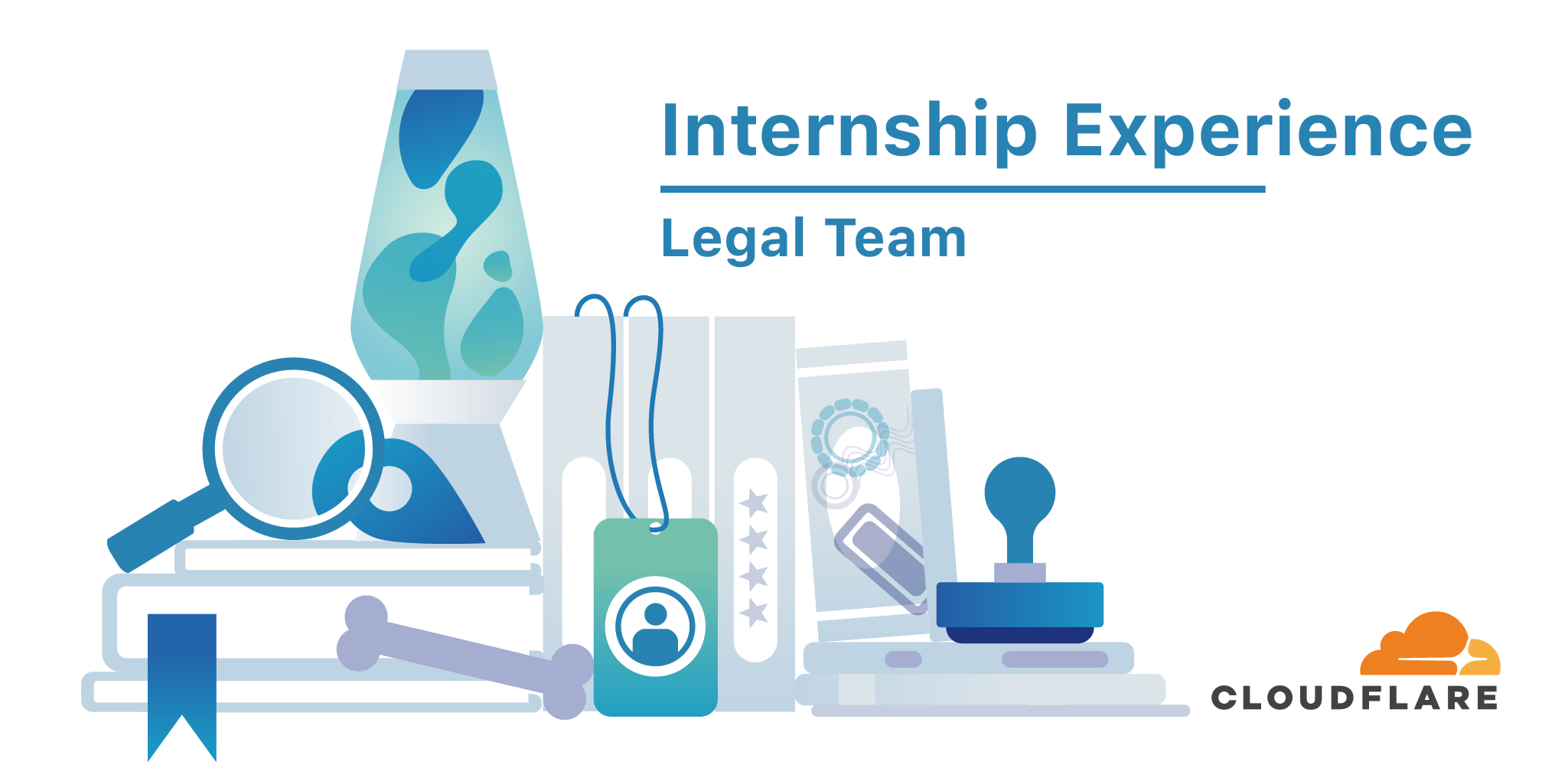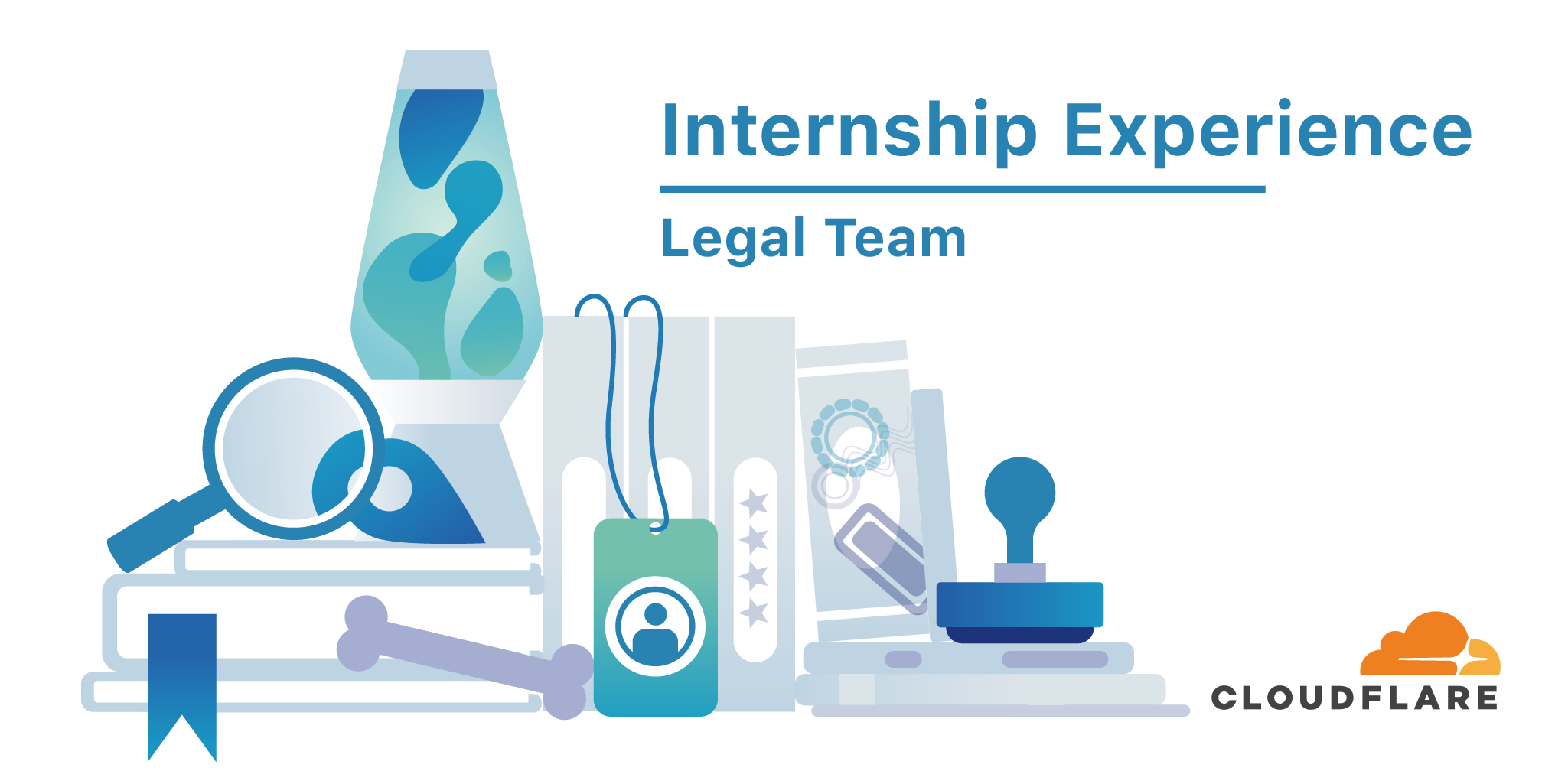0
I was going through Nick Russo’s course Getting Started with Software Development Using Cisco DevNet at Pluralsight and one thing he went through was interacting with the DNA Center API. Using a call to /intent/api/v1/network-device, DNA-C will return a JSON object consisting of an array of objects, or in Python speak, a list of dictionaries. This looks something like below, snipped for brevity:
{
"response": [
{
"memorySize": "3735220224",
"family": "Wireless Controller",
"type": "Cisco 3504 Wireless LAN Controller",
"macAddress": "50:61:bf:57:2f:00",
"softwareType": "Cisco Controller",
"softwareVersion": "8.8.111.0",
"deviceSupportLevel": "Supported",
"platformId": "AIR-CT3504-K9",
"reachabilityFailureReason": "",
"series": "Cisco 3500 Series Wireless LAN Controller",
"serialNumber": "FCW2218M0B1",
"inventoryStatusDetail": "<status><general code=\"SUCCESS\"/></status>",
"hostname": "3504_WLC",
"lastUpdateTime": 1596457941780,
"errorDescription": null,
"interfaceCount": "0",
"lastUpdated": "2020-08-03 12:32:21",
"lineCardCount": "0",
"lineCardId": "",
"locationName": null,
"managementIpAddress": "10.10.20.51",
"reachabilityStatus": "Reachable",
"snmpContact": "",
"snmpLocation": "",
"tagCount": "0",
"tunnelUdpPort": "16666",
"waasDeviceMode": null,
"apManagerInterfaceIp": "",
"associatedWlcIp": "",
"bootDateTime": "2020-03-12 16:08:21",
"collectionStatus": "Managed",
"errorCode": null,
"roleSource": "AUTO",
"upTime": "143 days, 20:24:58.00",
"location": null,
"role": "ACCESS",
"collectionInterval": "Global Default",
"instanceTenantId": "5e5a432575161200cc4ac95c",
"instanceUuid": "72dc1f0a-e4da-4ec3-a055-822416894dd5",
"id": "72dc1f0a-e4da-4ec3-a055-822416894dd5"
},
{
"memorySize": "NA",
"family": "Switches and Hubs",
"type": "Cisco Catalyst 9300 Switch",
"macAddress": "00:72:78:54:d1:00",
"softwareType": "IOS-XE",
"softwareVersion": "16.6.4a",
"deviceSupportLevel": "Supported",
"platformId": "C9300-48U",
"reachabilityFailureReason": "",
Continue reading






